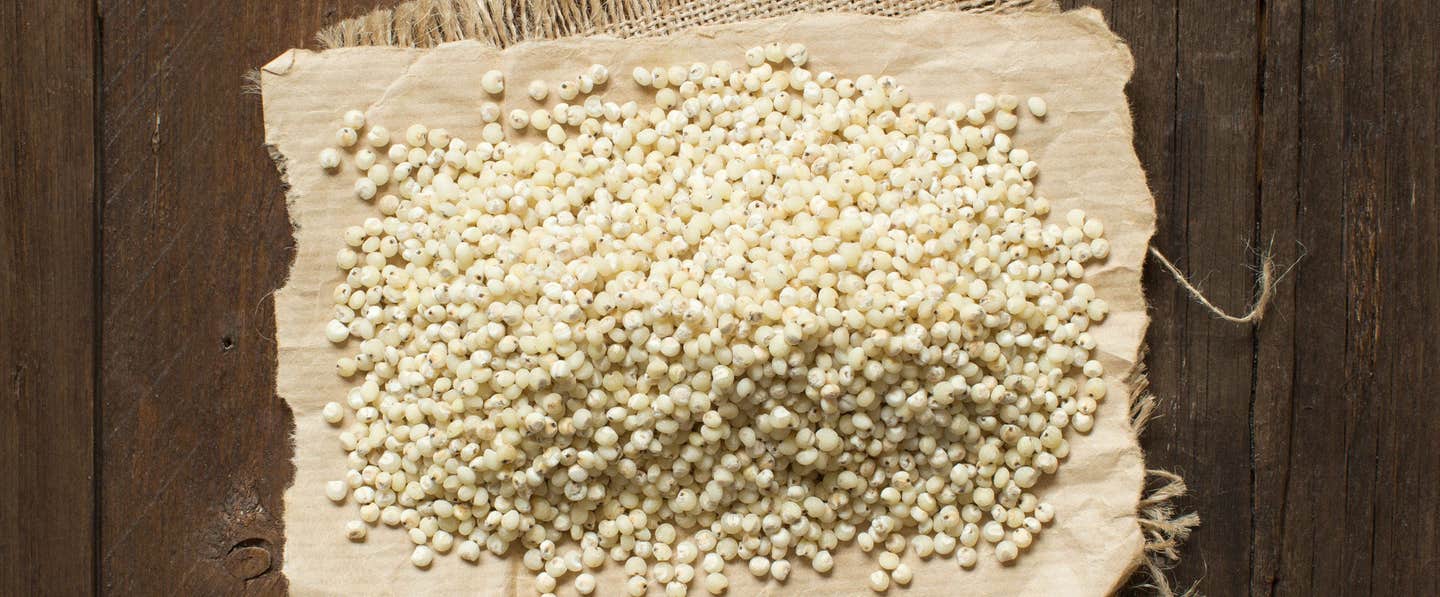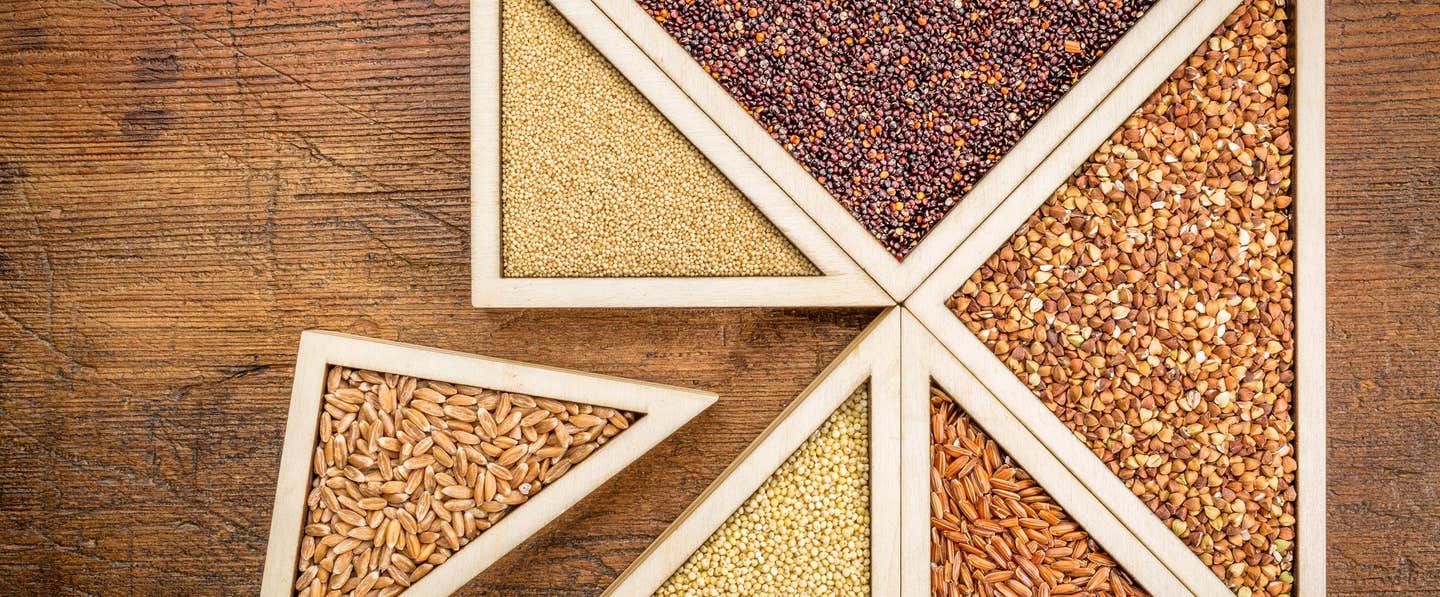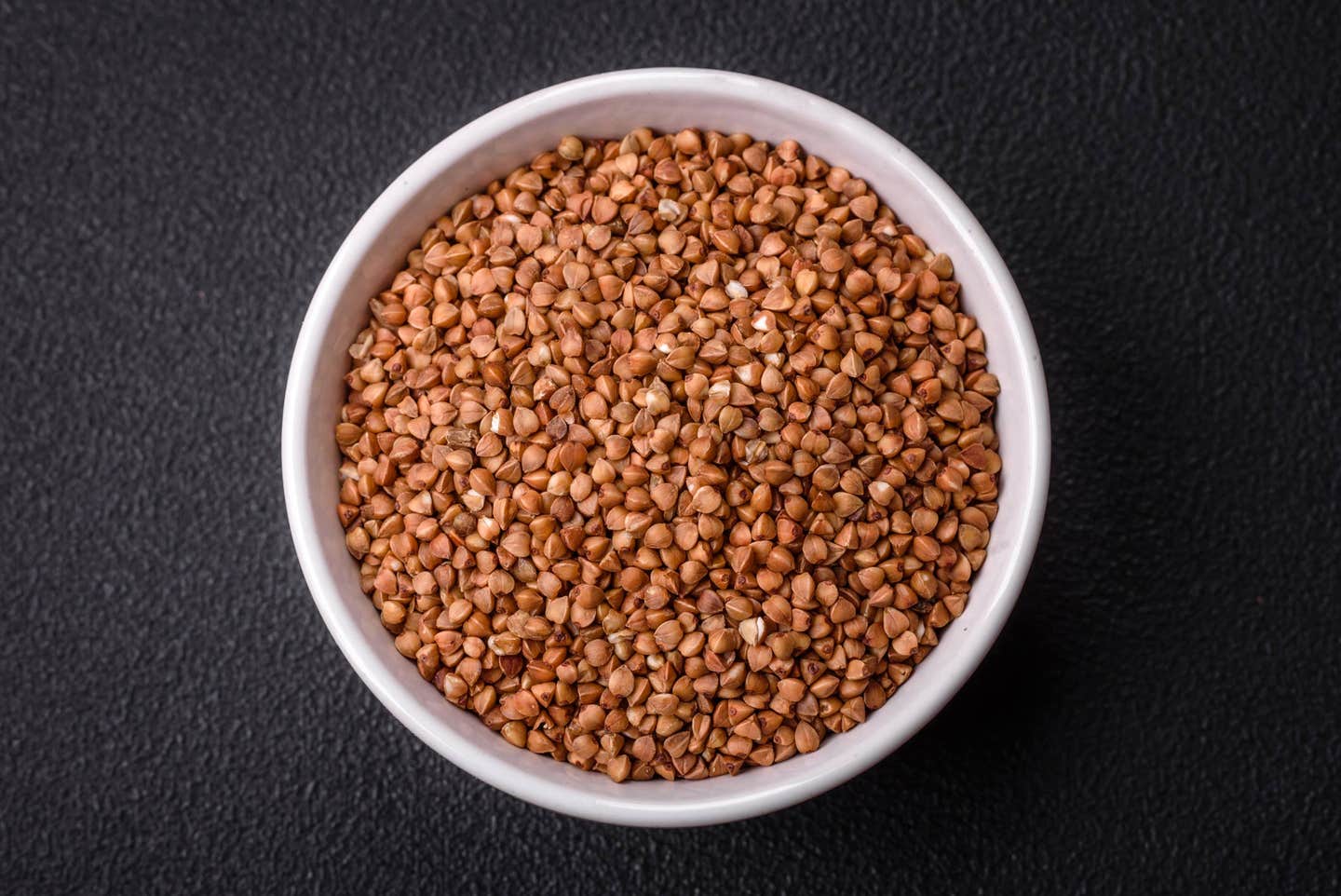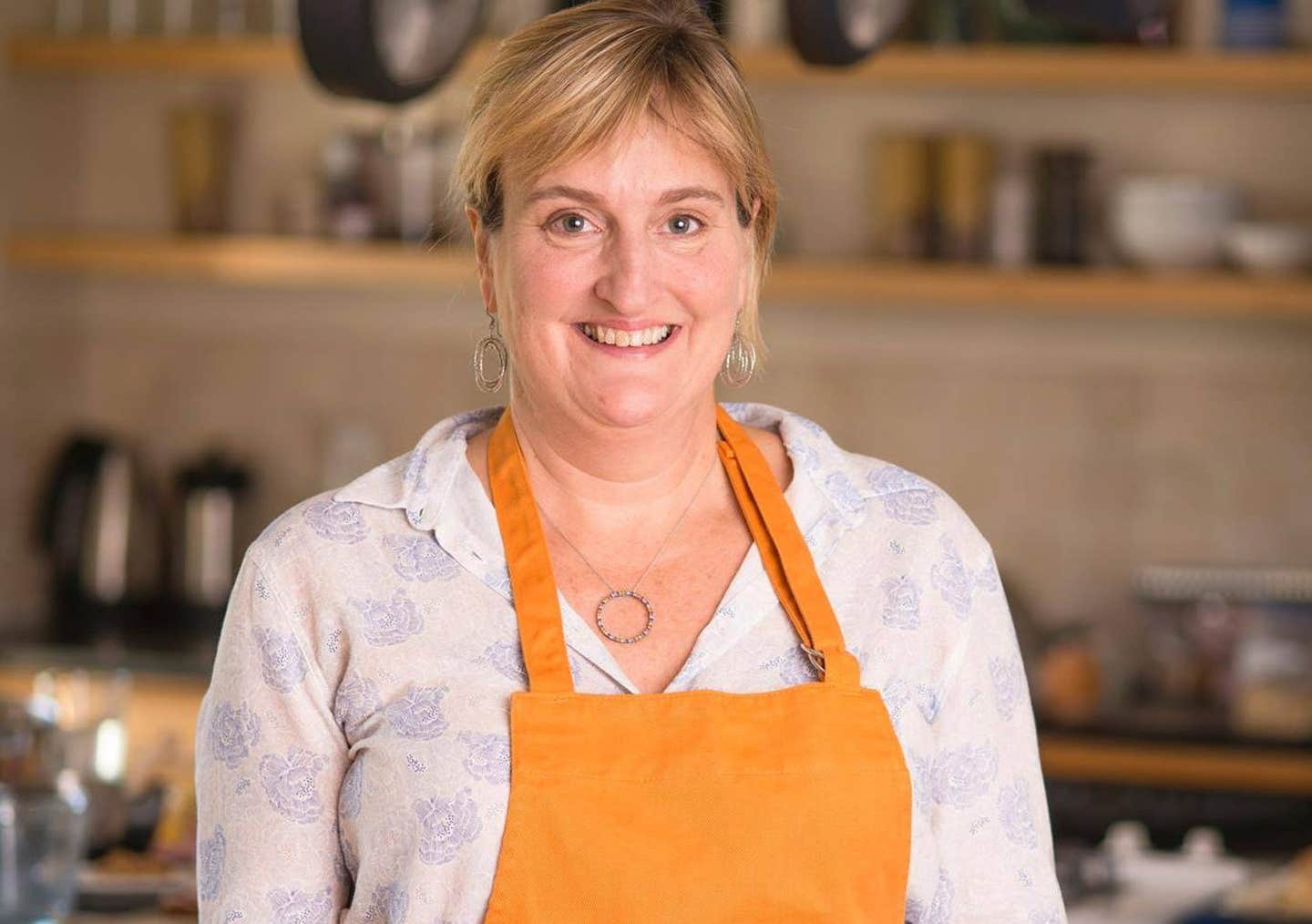Today’s supermarkets baking aisles are crammed with whole grain flour choices. The tasty, nutrient-dense options are all exciting—but they can also be a little overwhelming. Here’s a rundown of what’s what on the shelves and how to successfully use whole grain flours in your homemade baked goods.
What Is Whole Grain Flour?
Whole grain flours are ground from whole, unprocessed wheat kernels, grains, and seeds. Refined flours, such as all-purpose flour, are made by processing whole grains to remove the germ and bran before milling. Including the germ and bran in whole grain flours not only enhances their flavor; it also retains valuable nutrients and fiber. While there are many varieties of whole grain flour on the market today, whole wheat remains the most common (and least expensive).
Hard Wheat, Soft Wheat, White Whole Wheat, Sprouted: What’s the Difference?
There are six types of whole wheat flour to choose from, each with distinctive characteristics and benefits.
1) Whole Wheat Flour
Whole wheat flour is milled from red wheat berries, sometimes called “hard red wheat.” The dark, reddish color bran layer of kernels gives whole wheat flour the rich color, hearty taste, and coarse texture most of us associate with whole grains.
2) Sprouted Whole Wheat Flour
Sprouted whole wheat flour is milled from red wheat kernels that have been allowed to germinate until they just begin to sprout. Sprouting breaks down some of the starch and phytate (a compound in plant seeds that can reduce nutrient bioavailability) to help make the flour—and the foods you make with it—milder in flavor and more digestible.
3) White Whole Wheat Flour
White wheat is a variety of hard white wheat with kernels that have a lighter color and milder flavor than red wheat.
4) Whole Wheat Pastry Flour
Whole wheat pastry flour is made with kernels of soft white wheat, yet another variety of whole wheat. Soft wheat kernels are lower in protein than hard wheat kernels, so milling them produces a paler, light-tasting flour. Baked goods made with white whole wheat flour look and taste more like those made with all-purpose flour.
5) Spelt Flour
Spelt, einkorn, and emmer wheat are ancient strains of wheat that give you the best of all worlds: whole grain nutrition; a complex, slightly sweet flavor; and a fine texture that’s similar to all-purpose flour.
6) Kamut Flour
Kamut flour, made from another ancient strain, Khorasan wheat, is lighter than classic whole wheat flour, with a buttery flavor.
How Do I Substitute Whole Wheat Flour for All-Purpose Flour in Recipes?
Unfortunately, there’s no one, simple answer to that question. But we can offer some tips:
- Use any whole wheat flour to make cookies, muffins, quick breads (banana bread, biscuits, and scones), and breakfast items (waffles, pancakes). If a recipe calls for all-purpose flour, feel free to replace it with the same measure of whole grain flour.
- Choose white whole wheat flour and whole wheat pastry flour when you want lighter, paler baked goods with a tender texture.
- Make delicate crust doughs and cake batters with whole wheat pastry flour.
- Convert bread recipes to 100 percent whole wheat (or whole grain) by adding 2 tsp. liquid per cup of flour to the recipe.
- Let whole wheat/whole grain doughs and batters rest 20 minutes before baking. This gives the flour time to absorb the liquid in the recipe to help keep baked goods tender and moist.
For more in-depth information on whole wheat substitutions, a great place to start is with the online resources at The Whole Grains Council.
Other Types of Whole Grain Flours
Whole wheat varieties make up just one category of whole grain flours. There are many other whole grain flours, and they've become increasingly available in recent years thanks to the ongoing interest in gluten-free baking. But you don’t have to be on a gluten-free diet to enjoy the textures, flavors, and nutritional benefits that whole grain flours have to offer. Try substituting up to half of the flour in a recipe with any of the following whole grain flours.
Amaranth Flour (Gluten-Free)
Slightly nutty and sweet. Great for waffles.
Barley Flour (Contains Gluten)
Sweet and nutty. Great for sandwich bread.
Brown Rice Flour (Gluten-Free)
Fine-grained and mild. Great for scones.
Buckwheat Flour (Gluten-Free)
Dark, fragrant, and slightly bitter. Delicious in chocolate chip cookies and other chocolaty treats, such as our Chocolate Chip Coconut Pancakes.
Cornmeal/Corn Flour (Gluten-Free)
Grainy and sweet. Perfect for fruity muffins.
Millet Flour (Gluten-Free)
Golden and buttery. Great for pancakes.
Oat Flour (Sometimes Gluten-Free)
Fine-grained and mellow. Great for granola bars and Wholesome Oat Snackles. (Oats can be subject to cross-contamination, so if gluten is an issue, choose a brand that’s certified gluten-free.)
Quinoa Flour (Gluten-Free)
Mild and moist. Great for brownies.
Rye Flour (Contains Gluten)
Robust and sour. Great for carrot cake.
Sorghum Flour (Gluten-Free)
Fine, sweet, neutral. Great for pie crusts and cookies.
Teff Flour (Gluten-Free)
Pleasantly rich and bitter. Great in sourdough bread and banana bread.

Related News
Get Our Best Price On The Forks Meal Planner

Forks Meal Planner takes the guess work out of making nutritious meals the whole family will enjoy.



